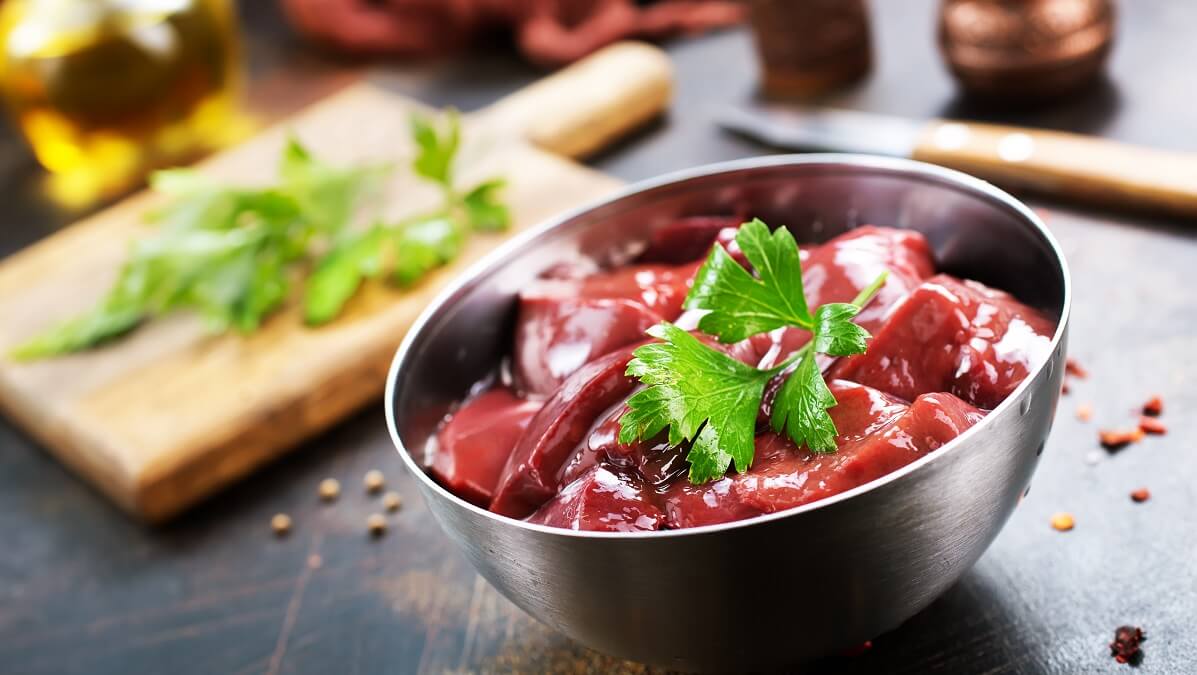In news that could please, scare or simply confuse you, it seems that offal is making a comeback. Yes, offal is on the verge of a resurgence, thanks to its health benefits and sustainability.
If you’re old enough, you’ll probably know what offal is. You might even recall it as an old favourite. But so long has it been out of favour that some Australians, even well into their 50s, may not know what ‘offal’ means.
The offal truth
I am, in fact, one of those Australians. I’m now 58 and I equate the word ‘offal’ with ‘awful’. That’s because in my past offal was the ‘yucky bits’ thrown out when cooking beef or some other meat.
But, perhaps, I have been unfair in that assessment. Let’s take a look at what offal actually is, and why its ‘comeback’ might be a good thing.
First, the definition. The Oxford Dictionary provides three for ‘offal’:
- the entrails and internal organs of an animal used as food
- waste material
- decomposing animal flesh.
I have to say that none of those definitions is doing much to change my mind. The first includes the word ‘entrails’, which I don’t find particularly appetising.
However, it does lead us down a possibly tastier path with the phrase ‘internal organs’. Again, I don’t find that an attractive phrase. But, basically, depending on the animal in question, we’re talking about kidneys, tongue, brains, feet, stomach, heart, liver and lungs.
I feel less squeamish about liver and kidney in a food sense. The other words still don’t exactly stimulate my appetite.
Why so? It seems that my Australian upbringing plays a big part. Though my dad was European, he came to Australia in 1951 and married a Sydneysider of (good) convict stock. So my upbringing was very much of the ‘ocker’ persuasion.
And it seems that, while offal is loved, even prized as a food in other cultures, it isn’t by ockers. At least not anymore. Over the past four of five decades, Aussies have demoted offal in their food rankings.
The exact reason for that is difficult to pinpoint. In any case, it seems an Australian offal revival is nigh.
Giving our heart to hearts and our brain to brains
In many other cultures, offal has never fallen out of favour, and it is those cultures leading the Aussie revival. Australia has a significant population of Vietnamese and people of Vietnamese ancestry. Many of them grew up eating offal as a matter of course, just as their parents had done. With Vietnamese restaurants flourishing, offal in its various forms has also become more popular.
Another factor in the recent revival has been recognition of the health benefits afforded by some offal types. Liver, described as nutritionally dense and balanced, is one such example.
Perhaps it’s time for older meat-eating Aussies like me to reconsider our approach to offal. After all, it’s just as much a part of an animal as its muscles and fat.
For me, it might require the use of some different words though. Because to me, ‘offal’ still sounds too much like ‘awful’.
How do you feel about eating offal? What does the term mean for you? Let us know via the comments section below.
Also read: Are you paying too much for meat?


Coming from London and experiencing the food shortages in the war, and even after for some years, I still miss my mother’s liver and bacon fry with a special thick onion gravy sauce. And those great tasting steak (not using the best cuts) and kidney puddings and pies. My father would not be happy unless his steak and kidney pudding came regularly. Plus of course like most Londoners, along with offal, we regularly ate stewed eels with parsley sauce-bought them live by the pound weight, from the eel shop. Very hard to find steak and kidney pies for take away in Australia.
.Unfortunately it took a lot of persuasion to get my Australian wife to even attempt them – had to help!!!
Really enjoy fried liver, kidney and heart (both lamb/sheep and cattle). Lightly fried. Crumbed lambs brains is a favourite and a local restaurant does it well (dine there on special annual occasions and usually hear it being announced at adjacent tables (usually with patrons who will not see 70 again)).
Both sheep’s and cattle tongues can be very nice tasting and textured muscle meals.
I remember when we used to be able to get tinned ox-tail soup but haven’t seen it in the shops.
Incidentally, these meats are often priced well below $10/kg so represent good value